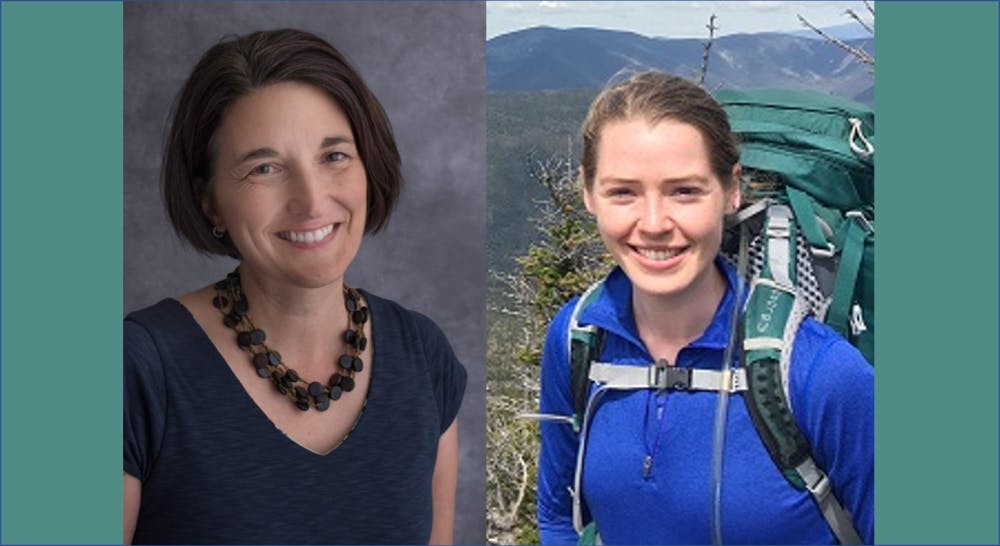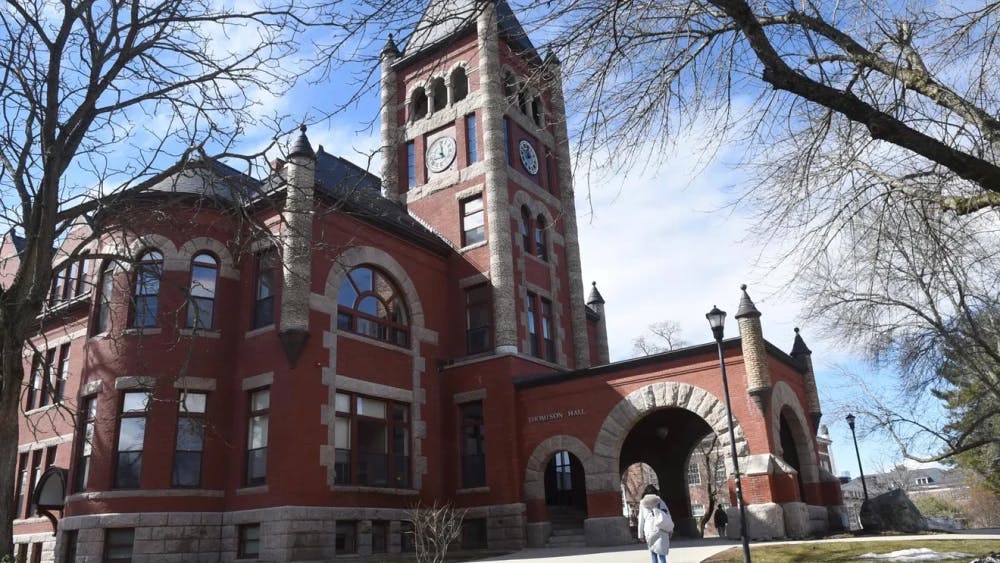The past year has been one full of difficult and significant events that will be remembered in American history – the ongoing pandemic, the Capitol insurrection, and the presidential election, to name a few. But after the killing of George Floyd, Black Lives Matter protests occurred across the world, calling for change of racially discriminatory systems. Ever since, individuals, companies, and universities have been making efforts to educate themselves and create anti-racist initiatives to dismantle systemic racism and implement sustainable change and justice for Black communities.
According to the National Science Foundation, only 9% of bachelor’s degrees in science and engineering go to Black students. As a leading research institute in the sciences, the University of New Hampshire (UNH) aims to create and follow initiatives for a more inclusive STEM community. Professor for the Department of Natural Resources Serita Frey and doctorate student in the Natural Resources and Earth Systems Science Program Emily Whalen are leading a graduate seminar titled Anti-Racism in Science: Promoting an Inclusive and Equitable STEM Community.
In an interview, Frey detailed how students wrote letters to the leaders of the departments, demanding action be taken to stand with Black communities and establish justice at UNH. Frey, who is on the College of Life Science and Agriculture’s Diversity, Equity, and Inclusion committee, established this seminar to take a step toward a more educated and just student body. Frey said, “White people are waking up and realizing we can’t keep being silent and must be part of the solution.”
The seminar meets once a week and follows a discussion-based learning style. There are different focuses throughout the semester, such as, “The Role of Science in Constructing ‘Race’ as Scientific Fact Rather Than a Political System,” “Being Non-Racist and Anti-Racist- What’s the Difference?” and “The History of Racism in the Environmental Movement.” Each student is responsible for providing resources and leading the discussion for one week, which provides the base of the course curriculum. Students have compiled numerous podcasts, readings, documentaries, and seminars that explore topics regarding racism, injustice in STEM, white fragility and how to be anti-racist.
Frey explained how students structure discussions differently. One in particular was structured as a debate– two environmental events, one that affected primarily Black communities and one that affected primarily white communities, were used as case studies; the students examined how the Environmental Protection Agency and other government agencies responded to each event to understand how environmental issues are unequally approached in largely Black versus white populations.
Doctorate student in the Department of Natural Resources and the Environment Lara Munro, who is currently enrolled in the seminar, said, “I really like the seminar’s structure. Generally, we've been able to structure the time so that we can all talk about the readings in smaller breakout rooms and debrief together. It's really interesting to see how the discussions vary between smaller groups because we all pick up on different aspects of the materials as we go through them.”
In response to what she has learned so far, Munro explained that what she has found to be striking is how interconnected and long-lasting certain attitudes and policies are. An example she cited is how redlining practices and neighborhood segregation led directly to environmental injustice, due to historically Black neighborhoods being close to industrial complex and landfills that release toxic chemicals.
“This then creates a cycle of poverty as their housing is devalued because of toxic particles in the neighborhood and the residents have more health problems and related medical bills,” Munro said. This is a very very very simplified example of a really complex issue, but I think that it illustrates how decisions made decades ago are still felt as well as how intertwined environmental and societal issues are.”
UNH laboratories are also taking action to establish and sustain more educated and anti-racist science communities. The Wollheim and Ernakovich lab, as well as others, have read and discussed papers such as “Ten Simple Rules for Building an Antiracist Lab” by Bala Chaudary and Asmeret Berhe and have implemented frequent discussions regarding diversity, equity, and inclusion into lab meeting routines. In order to create a just and inclusive STEM community at UNH, everyone must engage themselves in these critical subjects if substantial change is to occur. Munro recommended taking the seminar or getting involved in a similar course if offered in the future. “I think that it's really valuable to think about who built the scientific field, where our ideas come from, and how that might still affect who feels welcome in our institutions or the field. It's also exposed me to voices and ideas that I wouldn't have necessarily come across otherwise, which also highlights how much everyone stands to gain from adopting an anti-racist perspective,” she said.
For resources on anti-racism and to learn what individuals can do to establish justice, visit https://libraryguides.unh.edu/racialjusticeresources/action-education.
Photos courtesy of The University of New Hampshire: Serita Frey; Emily Whalen.














